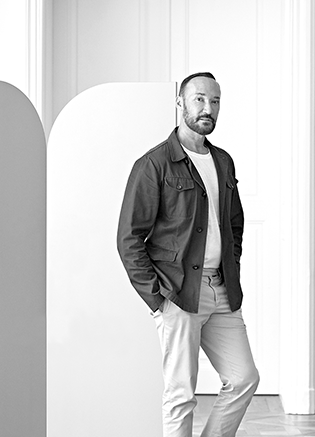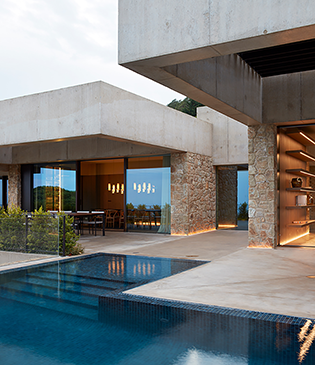As consumers and employees, we increasingly demand and expect more of retail,
hospitality and
work environments. Correspondingly, we have seen a trend in which businesses are rethinking the concept of space, adopting a forward-looking design vision. Recognising the positive impact of an interior on well-being, comfort, creativity, productivity and sales, businesses—notably
big brands, franchises and multinationals—are designing fresh, people-centred spaces.
In a 21st century global marketplace, a brand fettered by (typically conservative) corporate convention, must rethink its identity in order to compete and succeed.
More and more, we see retail, hospitality and work environments as transitioning, adaptable, dynamic and creative spaces. Where ‘trendy’ workplaces were once the domain of big tech companies (such as Google, Airbnb and Facebook), this is no longer the case.
Nowadays, a growing number of consumers and employees are more attuned to the beauty and benefits of better design. With magazines such as ‘
Kinfolk’ and ‘
Cereal’, and the popularity of Pinterest and Instagram, there is a wealth of design inspiration at our fingertips. The physical and
emotional aspects of a space matter.
We are taking the premise of well-being at home and seeking it in different areas of our lives. Consciously or unconsciously, we think about lighting, temperature, noise, movement and atmosphere. We are attracted to warm, natural materials, such as wood and textiles, and to people-friendly environments. Smart, perceptive brands are aware of this, and they are adapting accordingly.
Well-designed furnishings and lighting, in shops, restaurants and workplaces, will bolster passion and feeling, increasing positivity and personal connections with a space.
In a frantic, fast-paced world, big brands will build loyalty by focusing on emotional well-being, physical comfort and the reduction of stress. Lighting is a crucial element—think of those retail environments and office spaces where glaring lights negatively impact mood and increase levels of anxiety. Too often, brands fail to acknowledge the way in which light affects the relationship with our surroundings—light influences how we appreciate and perceive an interior, and has an effect on our natural circadian rhythms (particularly in a windowless environment).
We know that big brands, franchises and multinationals exist—in the main—to make money. We also know that savvy consumers and employees expect more and more in return. The 21st century presents new ways of working, engaging people and communities, and carrying out trade. Big brands have the power to ensure the availability of great spaces and moreover, it makes perfect business sense.
















